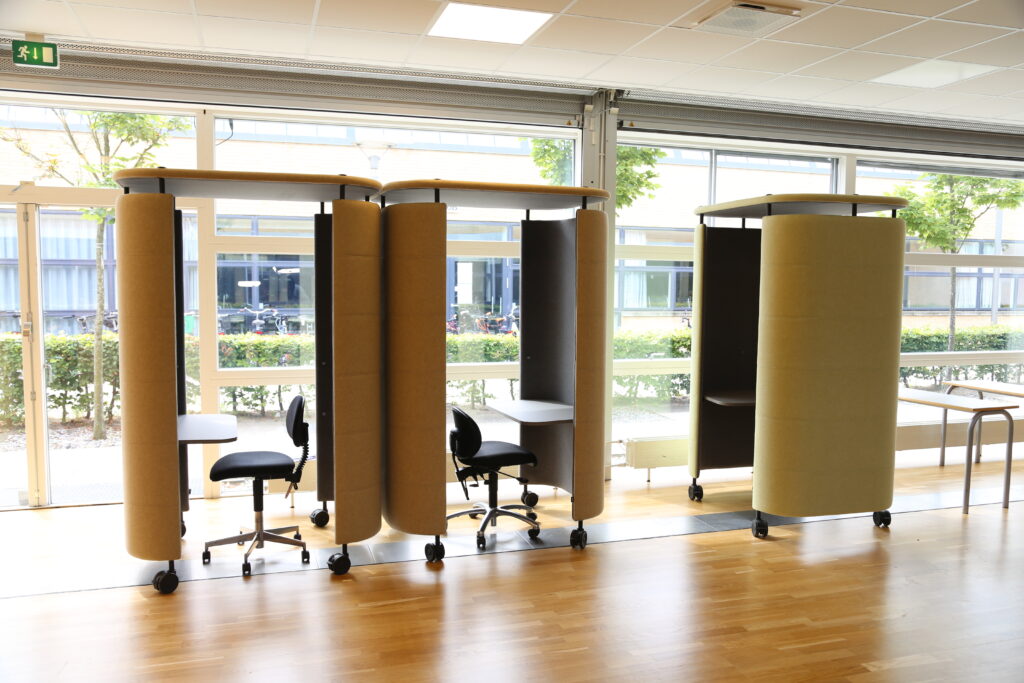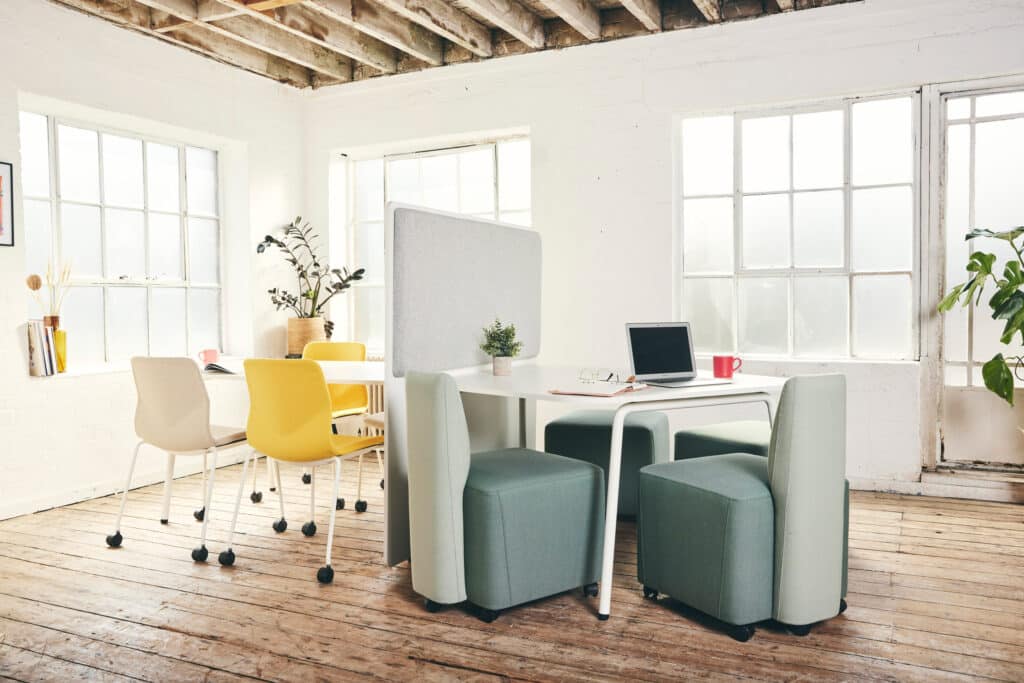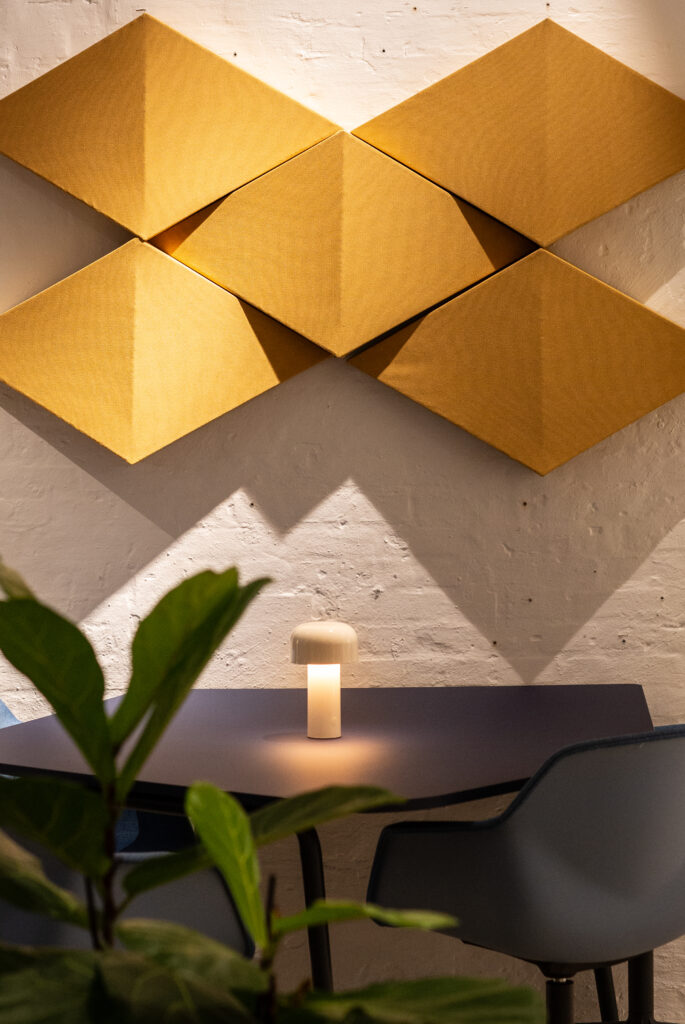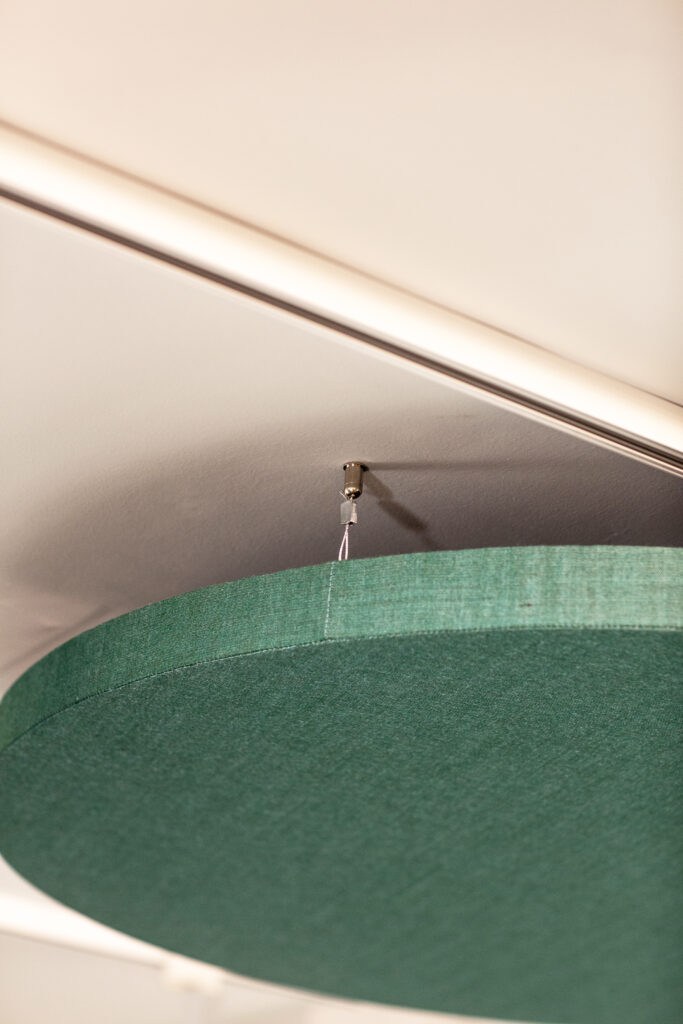When we think of a productive classroom or study space, we often focus on elements like lighting, seating, or even the technology available. However, one critical yet often overlooked factor in creating an optimal learning environment is acoustics. Sound can significantly influence students’ ability to concentrate, engage, and retain information. As classrooms become more dynamic and open, understanding how acoustics impact learning is essential. Enter acoustic furniture – a solution that is changing the way we think about classroom design and its impact on student performance.
The Role of Acoustics in Education
Acoustics in education is more than just sound control; it’s about creating an environment where students can focus, collaborate, and communicate effectively. Traditional classrooms often suffer from poor sound management, where noise levels are high due to echoes, distractions from outside noise, and overlapping conversations. This noise can be especially disruptive for students with learning differences or hearing impairments.
Research shows that poor acoustics in educational settings can negatively impact student attention, comprehension, and overall academic performance. In noisy environments, students may struggle to hear instructions, focus on tasks, and interact with peers. This is where acoustic treatments, like acoustic furniture, can make a significant difference.
What is Acoustic Furniture?
Acoustic furniture is specially designed to improve sound quality in a space by reducing unwanted noise and controlling sound reflections. These pieces are crafted using materials that absorb sound waves, helping to minimise echoes and vibrations within the environment. Acoustic furniture includes a range of products such as booths, partitions, and even wall panels, all designed to enhance the acoustic experience within a room.
While acoustic furniture is typically used in corporate settings, it’s becoming increasingly popular in educational spaces, from traditional classrooms to libraries and open-plan study areas. The goal is to create quieter, more focused spaces that support active learning and student collaboration.
How Acoustic Furniture Enhances the Learning Environment
Improves Focus and Concentration
In a classroom filled with distractions, even the smallest sound can break a student’s concentration. Acoustic furniture helps reduce the intrusion of ambient noise by absorbing and diffusing sound waves. This creates a quieter, more focused space, allowing students to concentrate on their work without unnecessary distractions. Whether it’s the hum of air conditioning systems, chatter from other students, or outside noise, acoustic furniture can minimise these disturbances.
Enhances Communication and Collaboration
In group work settings, communication is key. Acoustic furniture helps create a balanced sound environment, ensuring that students can hear one another clearly without the need to raise their voices. With noise levels reduced, students can engage in more effective discussions, collaborate more easily, and work together to solve problems.
Supports Students with Special Needs
For students with hearing impairments, ADHD, or sensory processing disorders, a noisy classroom can be overwhelming. Acoustic furniture plays a crucial role in supporting these students by reducing auditory distractions and improving the overall sound quality in the room. By creating an environment that is more conducive to learning, students with special needs can participate more fully in class activities and feel more comfortable in their surroundings.
Promotes Positive Learning Atmosphere
Sound can affect mood, behaviour, and cognitive function. Excessive noise in a classroom can lead to stress, irritability, and fatigue, while a quieter environment promotes relaxation and focus. Acoustic furniture helps foster a positive learning atmosphere by reducing noise-related stressors, enabling students and teachers alike to maintain a calm, productive environment throughout the day.
Flexible and Versatile Design
One of the unique benefits of acoustic furniture is its versatility. Schools are increasingly adopting flexible learning spaces that can be easily adapted for different activities and group sizes. Acoustic furniture is designed to be functional and aesthetically pleasing, offering easy-to-move pieces that can be arranged in a variety of configurations to suit different teaching styles or group activities.
Practical Examples of Acoustic Furniture in Education
Acoustic Study Pods and Desks
For individual work or small group sessions, acoustic study pods offer students a private, soundproofed area where they can focus without interference. These pods often feature sound-absorbing materials such as felt, foam, or fabric that help eliminate distractions.
A prime example of this is the InnoPod®, an innovative acoustic pod designed to enhance concentration in noisy environments. Beyond its sleek and modern aesthetic, the InnoPod® is constructed with high-quality acoustic materials that effectively absorb sound, creating a peaceful environment conducive to deep focus and productivity. With two compact size options, each occupying just about 1 square meter, the InnoPod® is perfect for open-plan classrooms or study zones, serving as a reliable barrier against both acoustic and visual disruptions. Its efficient design allows it to integrate seamlessly into flexible learning spaces, offering students a quiet retreat where they can work independently or in small groups, free from the usual distractions of a busy classroom.

Acoustic Partitions and Room Dividers
Open classrooms benefit from acoustic partitions that can be moved around to create quiet zones for focused work. These dividers not only provide privacy but also absorb sound, creating distinct areas where students can work without interference from other groups.
A standout solution for flexible learning environments is the RoomInRoom – an innovative table divider that transforms any workspace instantly. Designed to attach to FourReal® tables, RoomInRoom creates separate workspaces with ease, boosting privacy and concentration for students. Its acoustic materials effectively reduce noise, helping to create a more focused atmosphere. RoomInRoom can also be swiftly disassembled and relocated, allowing teachers to adapt the space as needed without disruption. Whether for individual study or small group work, the RoomInRoom divider elevates the learning environment, redefining boundaries and enhancing productivity.

Acoustic Seating
Chairs and lounges with integrated acoustic panels help reduce noise in shared spaces. This furniture is designed with materials that control sound, helping to create a more comfortable & peaceful learning environment for everyone.
Acoustic Wall Panels and Ceilings
In addition to furniture, acoustic wall panels and ceiling treatments can significantly enhance a space’s acoustics. These solutions are designed to absorb sound, reduce reverberation, and create a quieter, more controlled environment.
One exceptional product in this category is Tessellate, a Class A acoustic panel that excels in noise reduction. Tessellate creates a focused, productive environment by limiting sound transmission and enhancing communication clarity. This is vital in educational settings where students need to hear instructions and collaborate effectively. Available in four shapes, multiple sizes, and a range of colours, Tessellate can either stand out as a feature or blend seamlessly into the décor.
For spaces with limited wall space or a need for ceiling solutions, Tessellate Ceiling offers the same high-quality acoustic performance. These panels can be hung from the ceiling, reducing noise and improving sound quality throughout the space. Together, Tessellate and Tessellate Ceiling provide comprehensive acoustic treatment for classrooms, libraries, and other educational environments. These solutions ensure students can focus, communicate clearly, and engage in a productive learning experience.


A Space where Students can Thrive
Acoustic furniture is an innovative and effective way to address the challenges of noisy, disruptive classrooms. By improving sound quality, reducing distractions & supporting better communication, acoustic furniture helps to create learning environments where students can thrive. As the importance of acoustics in education becomes more recognised, investing in acoustic furniture will continue to be a valuable step in fostering spaces that promote focus, collaboration, and well-being.
In an era where we increasingly recognise the value of a holistic approach to education, sound truly matters. And with acoustic furniture, educators and students alike can enjoy a more harmonious, productive, and focused learning experience.


